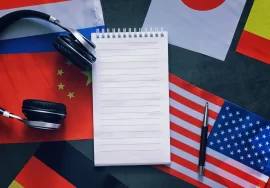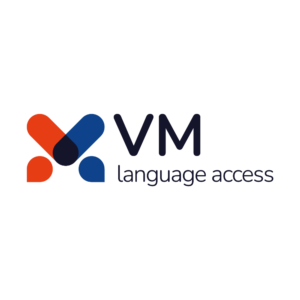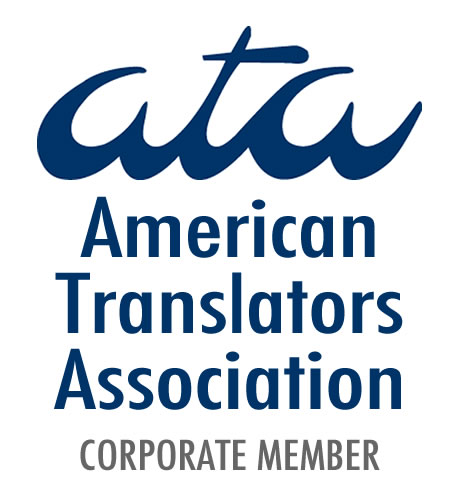
History of Language
Language is a fundamental aspect of human communication and social interaction, serving as a tool for expressing thoughts, emotions, ideas, and culture. The history of language is a complex and fascinating journey that spans thousands of years, shaping the way we communicate and understand the world around us. Understanding the origins and evolution of language provides valuable insights into human cognition, cultural development, and societal behavior.
History of Language: Origins
The origins of language are a subject of ongoing debate among linguists, anthropologists, and cognitive scientists. While the exact timeline and mechanisms of language emergence remain uncertain, various theories offer insights into how language may have evolved.
- Evolutionary Perspective: Evolutionary theories suggest that language evolved gradually over millions of years as a result of natural selection. Some researchers propose that language may have emerged from early communication systems used by our hominin ancestors to coordinate group activities, signal danger, and share information.
- Cognitive Development: Cognitive theories emphasize the role of complex mental processes in the development of language. The ability to comprehend and produce language is closely linked to cognitive functions such as memory, attention, reasoning, and problem-solving skills.
- Social Interaction: Social theories of language evolution highlight the importance of social factors in the emergence of language. Language is a social phenomenon that facilitates cooperation, collaboration, and the transfer of knowledge within communities.
Historical Development:
Ancient language systems began to emerge thousands of years ago, marking the beginning of written communication and the formalization of linguistic structures. Some key milestones in the history of language development include:
- Proto-Indo-European: The Proto-Indo-European language, believed to have originated around 4500-2500 BCE, is the hypothetical ancestor of the Indo-European language family, which includes languages such as English, Spanish, Hindi, and Russian. The dispersal of Indo-European-speaking populations led to the diversification of languages across Europe, Asia, and the Middle East.
- Writing Systems: The development of writing systems revolutionized the way information was recorded and transmitted. Ancient civilizations such as the Sumerians, Egyptians, Chinese, and Mesoamerican cultures developed complex writing systems, including cuneiform, hieroglyphics, logographic scripts, and alphabets.
- Language Families: The classification of languages into language families, such as the Indo-European, Afro-Asiatic, Sino-Tibetan, and Austronesian language families, highlights the historical connections and linguistic relationships between different language groups.
- Language Standardization: The standardization of languages, including grammar rules, vocabulary, and pronunciation norms, played a crucial role in promoting uniformity and facilitating communication within societies. Language standardization also laid the foundation for written literature, education, and governance.
- Language Contact and Borrowing: Throughout history, languages have come into contact through trade, colonization, migration, and cultural exchange. Language contact has led to the borrowing of words, phrases, and linguistic features between languages, contributing to language diversity and evolution.

Modern Language Dynamics:
In the modern era, rapid globalization, technological advancements, and cultural interactions have transformed the linguistic landscape, creating new challenges and opportunities for language preservation, revitalization, and adaptation.
- Language Revitalization: Efforts to revitalize endangered languages and preserve linguistic diversity have gained momentum, as communities strive to reclaim and celebrate their language heritage.
- Digital Communication: The rise of digital communication platforms, social media, and online content has influenced the way we communicate and use language, leading to the evolution of new language varieties, slang, and digital language forms.
- Machine Translation: The development of AI-powered language technologies, such as machine translation and natural language processing, has revolutionized translation services, enabling cross-language communication and multilingual content creation.
- Language Policy and Education: Language policies, education programs, and language planning initiatives play a critical role in promoting language diversity, preserving linguistic heritage, and fostering multilingualism in diverse societies.
The history of language reflects the intricate interplay between human cognition, social interaction, cultural practices, and historical developments. From the origins of language in early human societies to the complex linguistic landscape of the modern world, the evolution of language has shaped human communication, cultural identity, and societal structures. Understanding the history of language provides valuable insights into the complexities and richness of human communication and the dynamic nature of language evolution.











